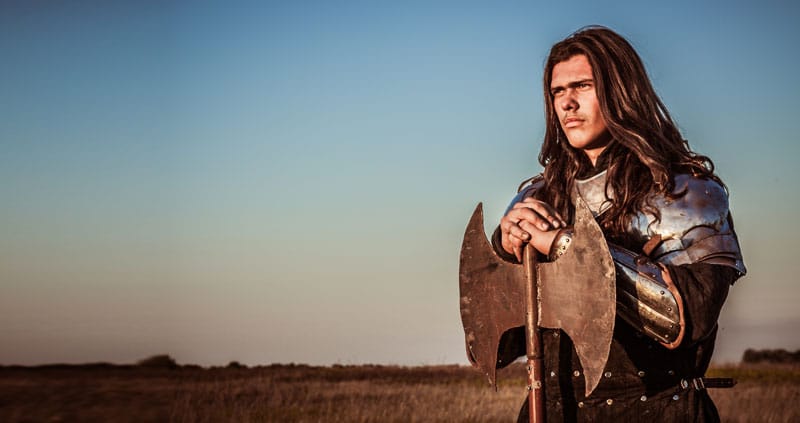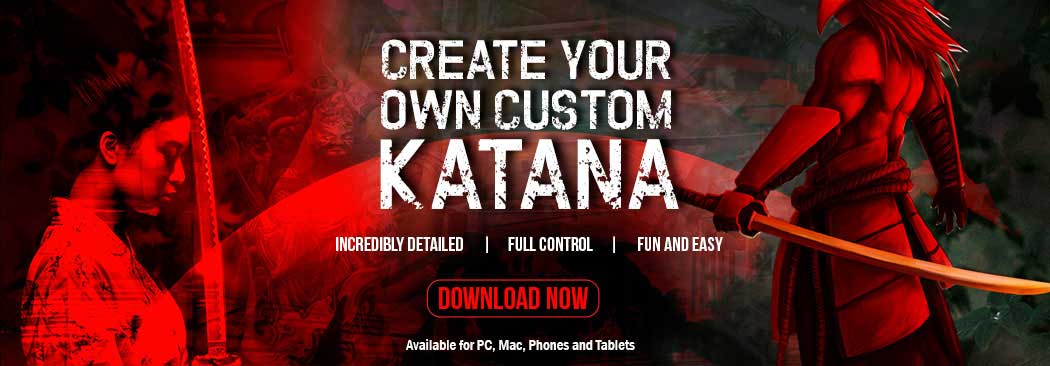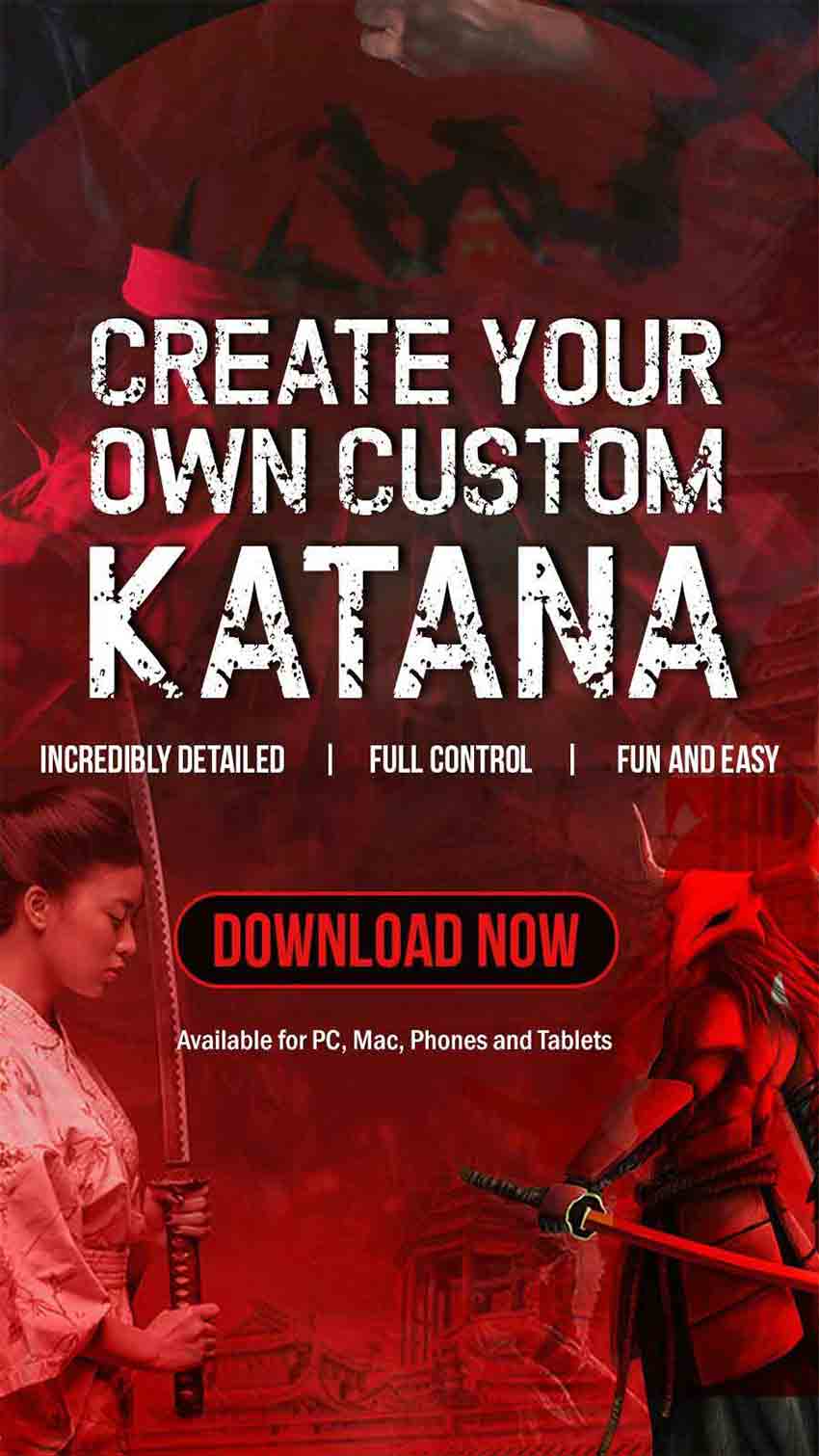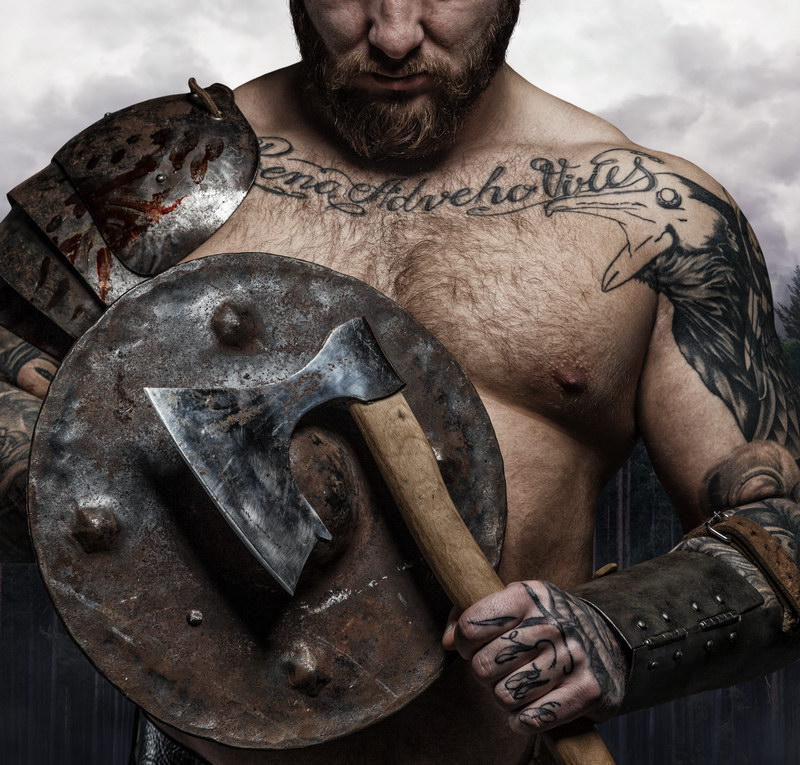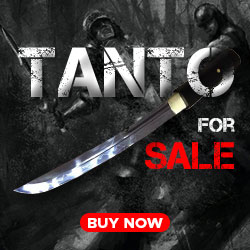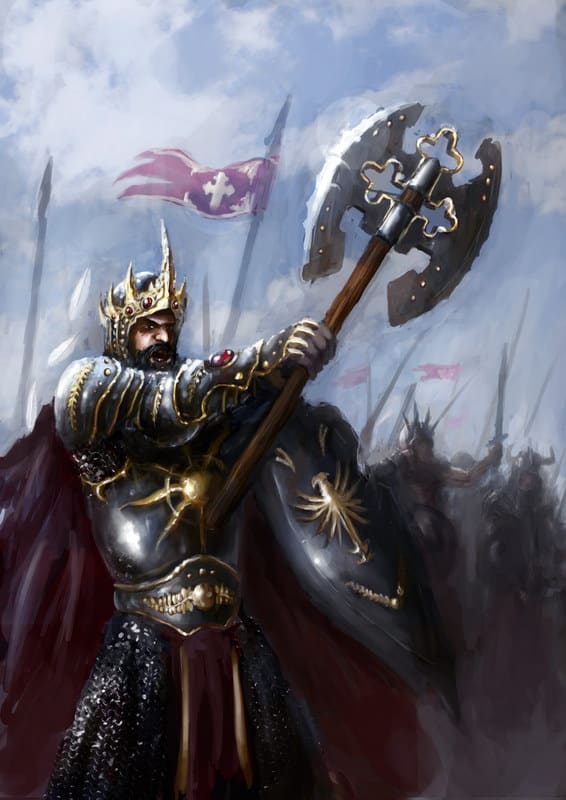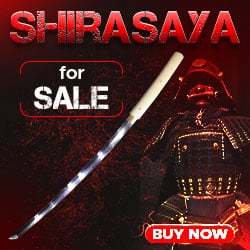Medieval Weapons and Armor
Medieval Axes
Medieval Axes
Together with the spear and the club, the medieval axe is among the oldest close combat weapons that have been utilized in history. The very first axes were used as weapons for protecting their land and these were probably the same tools used for doing various tasks.
However, the primary reason for creating such weapons changed and they have begun creating axes made specifically for fighting; and although this is the case, ordinary axes were still utilized as weapons until the more recent period.
An axe that was primarily created as a weapon for fighting was called the battle axe and these have been created as far back during the Stone and Bronze ages. The medieval axe was considered as a formidable weapon and it was created with combined characteristics and tactics in a single weapon.
Its primary blade was something that a lot of individuals feared yet there were other characteristics and elements that made it a more dangerous weapon. Medieval axes often had a pick-like feature that was opposite its blade; and at times, the weapon also featured a secondary blade or hammer which made it a highly feared weapon by many.
A lot of these medieval axes also featured a specific type of tool that was located right at the bottom of its handle which could puncture and pierce the enemy.
The medieval axe was also said to be efficient when linked to the end of a polearm since it has a measurement of about six to eight feet in total. These types of weapons were usually called the poleaxes but once its head and blade were changed, the weapon was called differently.
The battle-axe is a weapon specifically created for combat and it is another common weapon utilized during the medieval period. These types of axes were special types of utility tools and were mostly useful for single-handed use; some axes that were much larger needed to be wielded with two hands.
A lot of the axes that were used during the period could be wielded with just a single hand. The medieval axes were specifically made for warfare and its weight ranged from around one to seven pounds while its length measured just about one foot. These types of weapons that measured more than 1.5 meters were categorized as polearms.
Around the eleventh to the sixteenth centuries during the Middle Ages and Renaissance period, armies in Europe usually wielded two types of medieval axes: one would be a small axe that had a short grip which would often be carried along the wielder’s belt. The other would be a much larger axe with a complimenting longer handle.
Additionally, it was also natural to find axes with an iron-spiked end plus it also featured an attached protective iron plate for the hands of the wielder.
Yet during the fifteenth century, German and French knights began utilizing special battle axes that were developed to instantly crush the armor of their opponents. These axes were usually heavier but featured a much shorter grip and a very blunt edge.
History of the Medieval Axes
The medieval axe was a very important tool during the Stone Age and the Vikings were known to be the very first people from Europe to create a huge Battle Axe specifically for war.
Since swords were not really that useful against plate armor, a variety of close combat weapons such as the maces, medieval axes, and the war hammers were favored by most soldiers during the medieval period. The medieval axes with shorter grips were also more favored by warriors for mounted fights.
These types of axes were highly popular during the Viking and Migration Period; the medieval axes for battle were also popular tools during the Bayeux Tapestry of the eleventh century that characterized the Norman knights versus the Anglo-Saxons.
During the fourteenth century, the utilization of these axes was noted in a few chronicles that recorded the conflict between the kingdoms of England and France, as well as the rise of professional and mercenary armies during the fourteenth century.
A lot of the medieval battle axes featured a socketed head which means that the blade’s thick butt-end had an opening to insert a wooden shaft.
Some of these also featured langlets which were known as long metal strips that were fixed to the haft’s face this was necessary to prevent the weapon from getting damaged during battle.
Right at the end of the sixteenth century, the battle-axes have fallen out of popularity since military tactics have started utilizing gunpowder for battles.
Yet in Scandinavia, the battle axe was still utilized by warriors and they also continued using the crossbow, Halberd, and even the pole axe until the beginning of the eighteenth century.
In the year 1604, a law was created requiring all farmers to own a certain type of weapon to be able to serve in the militia, so the battle axe was utilized by many since it was highly efficient against mounted opponents.
Halberd
Another type of medieval axe is the Halberd which is also often called the Swiss Voulge, Halbard, or Halbert. This is a double-handed polearm that became a popular tool during the fourteenth and fifteenth centuries.
The halberd was primarily made up of the axe’s blade that was topped with a spike fixed on a lengthy shaft; it always featured a thorn or hook on the back portion of the axe’s blade which is generally utilized for grappling mounted opponents. Additionally, the weapon was quite similar to the Voulge when it comes to its use and design.
Medieval Axes For Sale
Battle-ready and fully functional medieval axes are excellent tools; these are extremely reliable, great, and can deliver excellent power when the wielder handles this properly.
This is why a lot of weapon enthusiasts and collectors shop for a medieval axe for sale and they can choose from a variety of types and styles that suit their requisites and tastes.
Functional axes allow an individual to split a variety of targets with ease while decorative medieval axes can be utilized to adorn one’s home or it can simply be added to the collector’s set of weapons.


